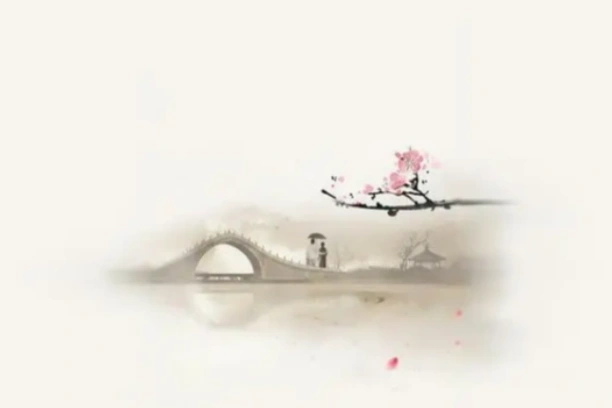
The door of Ch’an is entered by Wu. When we meditate on Wu we ask “What is Wu?” On entering Wu, we experience emptiness; we are not aware of existence, either ours or the world’s.
E-MAIL: admin@relaxmid.com

In most spiritual traditions of India, the yogis practice dhyana to attain samadhi at its various levels. After years of austere practice as a yogi, the self-exiled Indian prince Siddhartha recognized that his realization was incomplete. He sat under the bodhi tree vowing not to rise until he had resolved the question of death and rebirth. Only when he became enlightened one evening, after seeing a bright star, did he rise. He had become the Buddha, the primal transmitter of Buddhism in our epoch. The Buddha’s experience became the paradigm of tso-ch’an practice.
With the rise of Buddhism, two forms of practice developed. One is called samadhi liberation and the other is called wisdom liberation. The practice of wisdom liberation does not cultivate the nine levels of samadhi, but goes directly into the enlightened state. Ch’an follows the path of wisdom liberation.
PREVIOUS: Tso-ch’an and Samadhi | TSO-CH’AN
NEXT: Tso-ch’an of the Patriarchs | TSO-CH’AN
